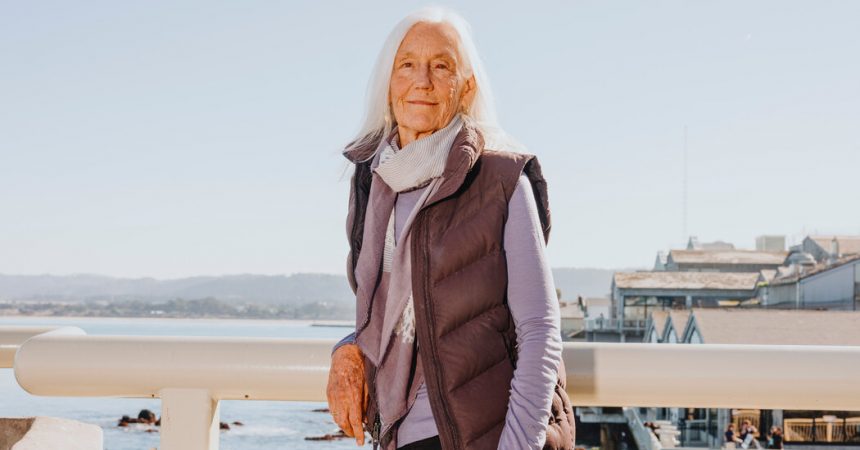Julie Packard, the marine biologist who has presided over the Monterey Bay Aquarium since it opened in 1984 and shepherded it through the Covid pandemic, announced her retirement as executive director on Wednesday. Ms. Packard has helped repurpose the thick-glassed fish museums of old into potent forces for ocean conservation action.
Built with a $55 million donation by her parents, David and Lucile Packard of the tech giant Hewlett-Packard, the aquarium has received tens of millions of visitors. Sightseers at the aquarium, a Northern California institution, have taken in a number of world firsts: the successful exhibition and release of great white sharks; the reintroduction of orphaned Southern sea otter pups to the wild; and the large-scale display of creatures such as salmon snailfish and vampire squid, found far below the reach of sunlight in a region known as the midnight zone.
At a time when rising ocean temperatures are altering water chemistry, changing fish migration patterns and making marine life more susceptible to the effects of overfishing, Ms. Packard’s staff has demonstrated how to restore ocean health by reducing plastic pollution and raising awareness of environmentally sustainable seafood. The aquarium’s partner organization, the Monterey Bay Aquarium Research Institute, has developed and deployed robotic submersibles that are transforming how scientists explore the ocean.
A tall, gracious, casually elegant woman who wears her scholarship lightly, Ms. Packard has run the aquarium in a low-key, pragmatic way. “Like my father,” she said. This conversation has been condensed and edited for clarity.
Why are you retiring now?
Well, I’m not exactly retiring. I’m transitioning to a leadership role on the board of trustees. I decided that it’s a great time to hand over the reins to our next generation of leaders. We have a great team and are in a really good financial position.
What do you think you’ll miss most?
The day-to-day interactions with the scientists. Fortunately, as a board member, I’ll still run into people in the hallways who have just figured out how to breed some obscure animal that no one’s ever seen before. I love collaborating with passionate people who are really fired up about what they’re doing as much as I love seeing a child’s eyes light up at the sight of a giant sea bass or a bloodybelly comb jelly. Both give me great joy.
Your program of free admission to school groups has brought in millions of students. Are many of the children you encounter disappointed to learn that sponges don’t wear white shirts, red ties and brown, square pants?
SpongeBob! My own kids were part of the “Little Mermaid” generation, so I can’t say that I know the messaging associated with him. But I think he’s a cool guy.
He lives in a pineapple under the sea.
OK, well, scientifically, that is problematic. It doesn’t happen.






